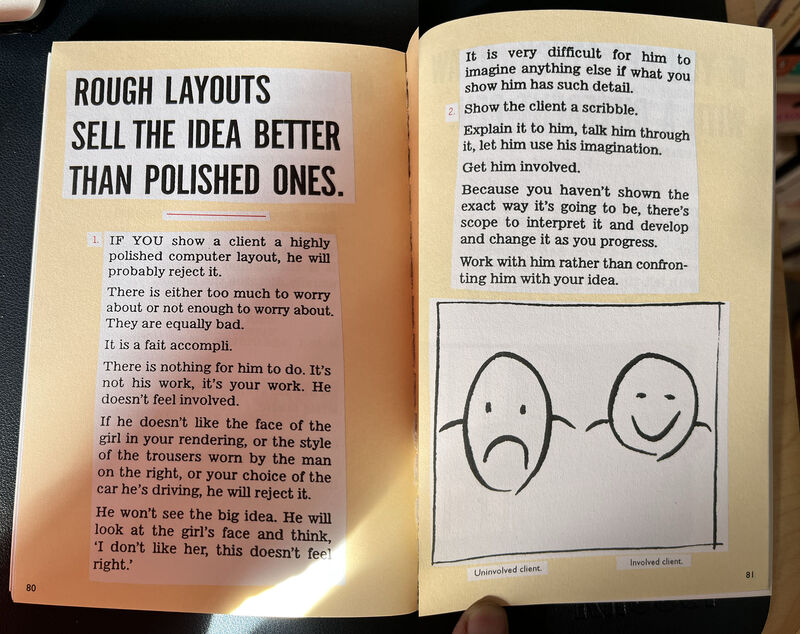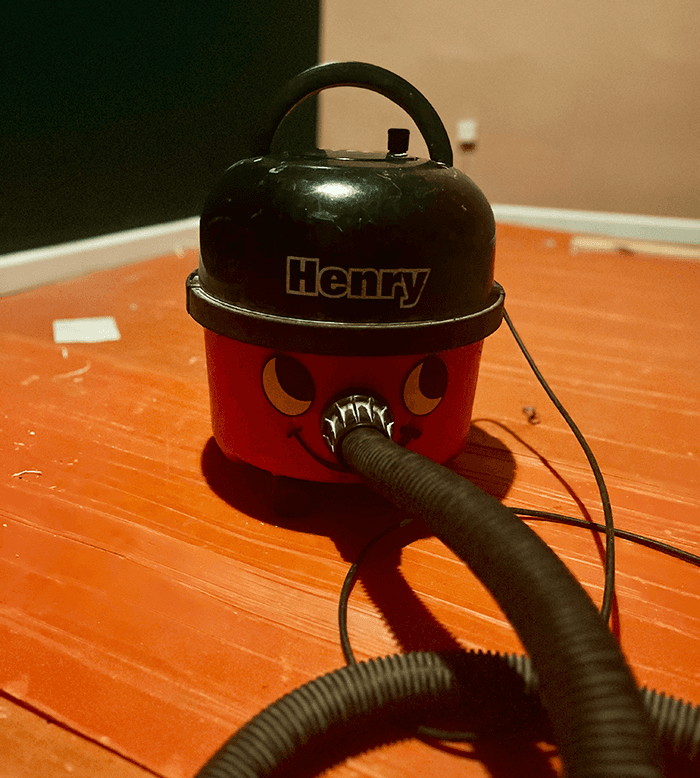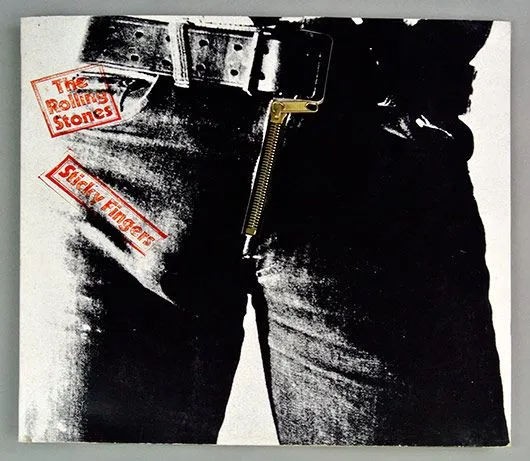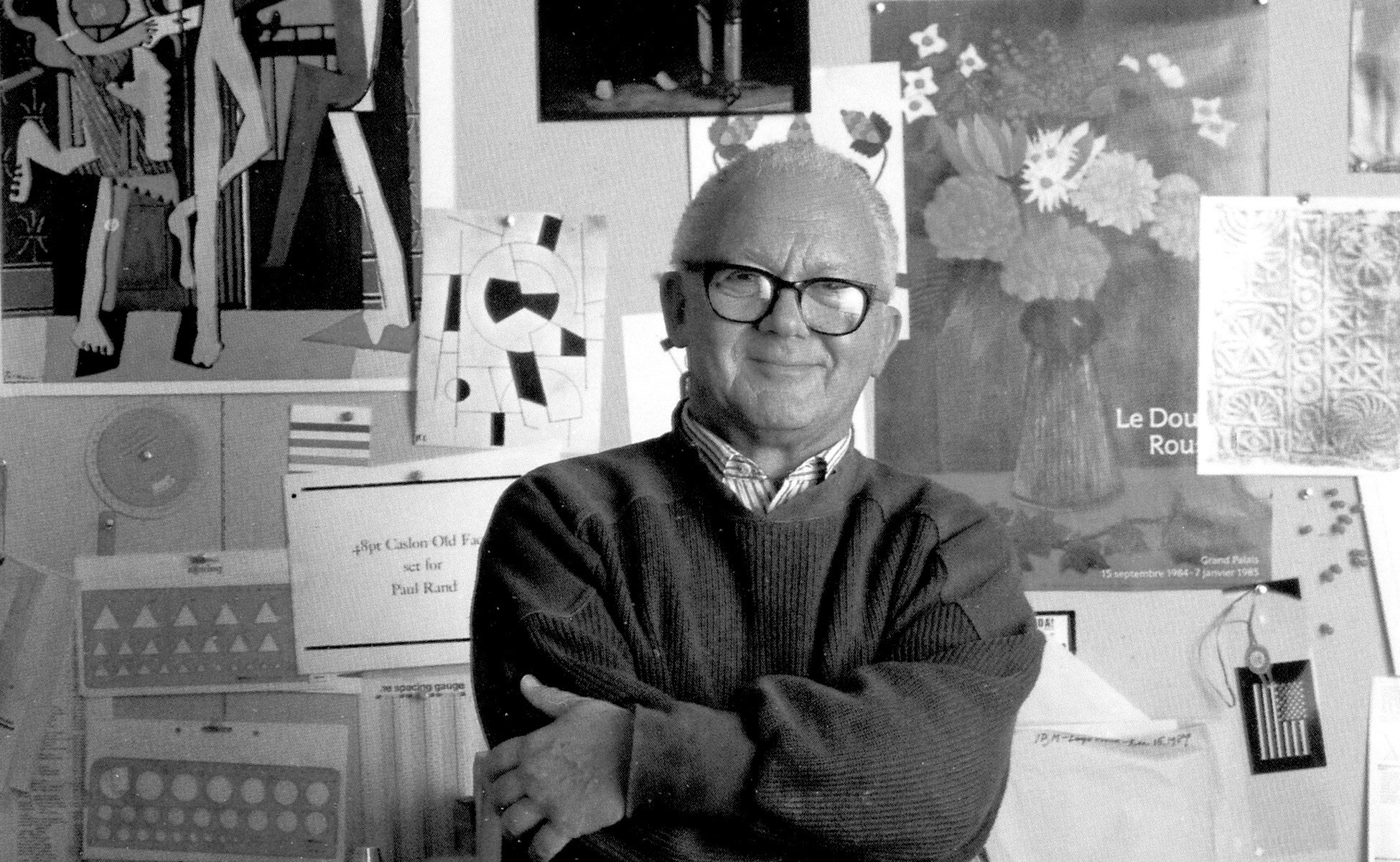It's not how good you are...
Read Article
↓
↓

The toothpaste is out of the tube on this one, so it's your job to stay one step ahead of this technology and tap into and develop your design superpowers.
The image below is a photograph from a spread in one of my favourite books: "It's not how good you are, it's how good you want to be" by Paul Arden. It's a book I've owned many copies of and bought for dozens of colleagues, regardless of their day job.
The book was first published in 2003, so not long ago, but long ago enough for tools like Figma to be not even a twinkle in its creators' eyes.
The spread has always resonated with me, and I've nicked it shamelessly and with love.
Though apologies for the ropey Photoshop work.

It speaks the truth about how the best designers should be able to influence clients and stakeholders without relying on polished visuals from tools that, if misused, can commodify and cheapen the creative process.
If a stakeholder doesn't like a particular design element, no matter how minor, it can send them down a rabbit hole that can be difficult to reverse out of and result in an unsatisfactory meeting outcome for all concerned.
So, next time you consider selling that idea, think beyond the polished visuals and slick interactions—there's plenty of time for that.
Instead, take your thinking upstream.
Focus on the quality of your idea, the breadth and depth of your thinking, and the clarity of your delivery (storytelling, if you will) and work on building trust and a sense of partnership and shared endeavour with those stakeholders.
You might not always get the outcome you want, but AI and tools like Figma are becoming increasingly accessible to anyone who thinks they're a designer.
The toothpaste is out of the tube on this one, so it's your job to stay one step ahead of this technology and tap into and develop your design superpowers.
SHARE ARTICLE




